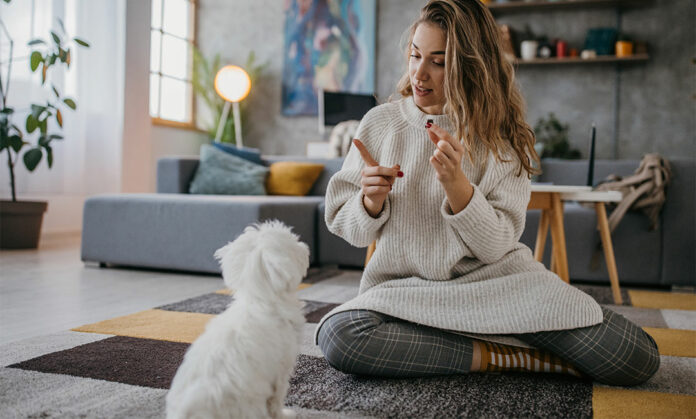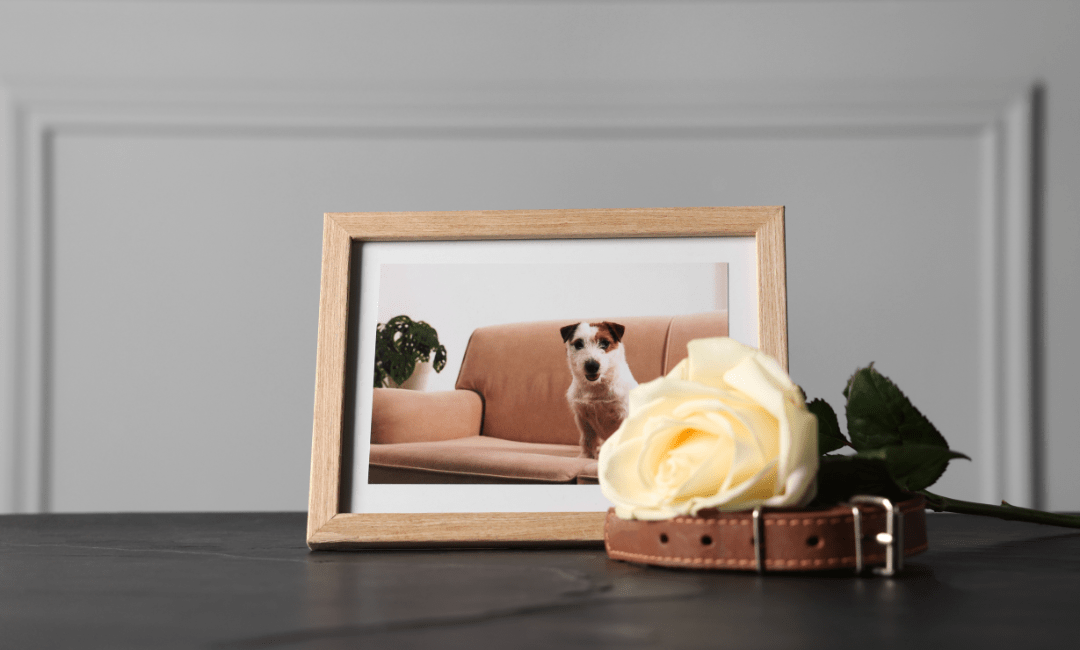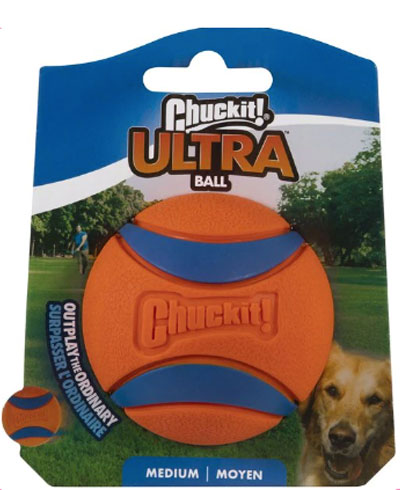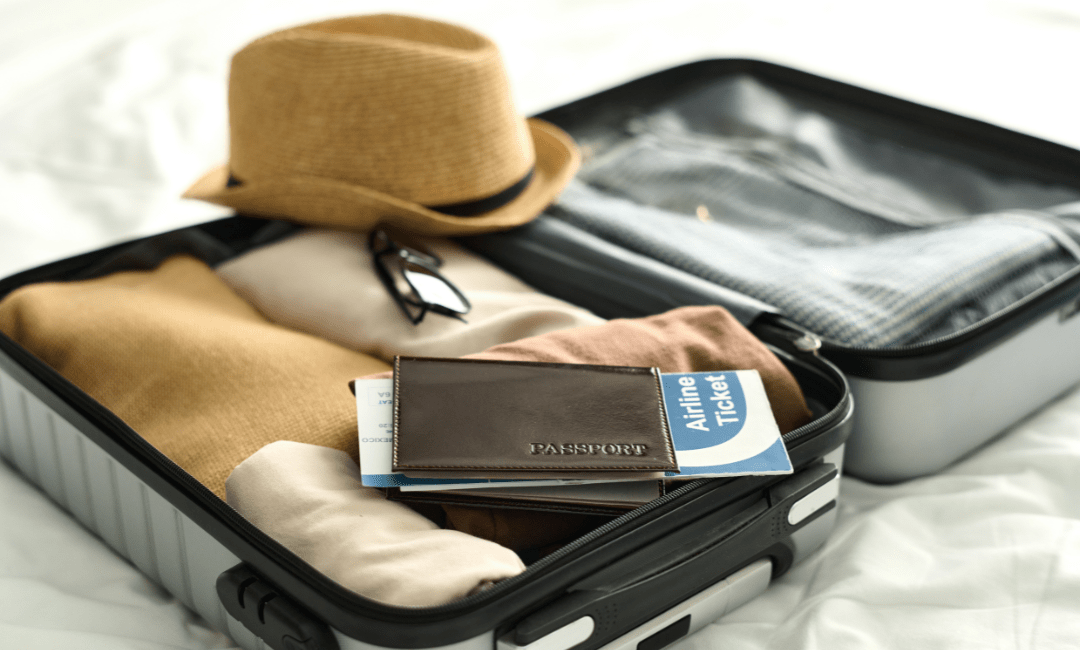In honor of National Train Your Dog Month, there’s no better way to kick off the new year than to strengthen the bond between you and your furry BFF! Whether you have a puppy or an older dog, there’s no better time to start obedience training than now. Keep reading to learn more about DIY obedience training, the benefits of a reward-based approach, mistakes to avoid and more.
How to Start Obedience Training
You and your dog have a few options for obedience training: signing up for classes, hiring a professional dog trainer or doing it yourself. Because some options tend to be a little pricey, many owners opt for training on their own. With the right information, equipment and plan, it can be a wonderful way to save money and strengthen your bond. If you start obedience training at home, you must decide on a game plan and fully commit to a consistent daily schedule.
Obedience Training Equipment
You don’t need a ton of items for effective training sessions, but a few basic supplies can help:
- A comfortable dog collar or harness
- A leash (not retractable)
- Small pieces of your dog’s favorite treats
You may also need a few other items depending on your chosen training method.
Positive Reinforcement Obedience Training
Before you start obedience training, decide on your method. Most trainers agree that positive reinforcement is the best way to go. Instead of punishing the dog for bad behavior, positive reinforcement uses rewards (praise or treats) when the dog shows desired behaviors, making them more likely to repeat it.
Many owners that follow positive reinforcement training also use a conditioned reinforcer known as a clicker: a metal strip inside a small plastic box that clicks when the owner presses. This communicates when your dog does what you want and must be followed by a reward.
Positive Reinforcement Training Tips
Positive reinforcement training works for everyone, from first-time owners to experienced dog lovers. Here’s how to get the most out of your sessions:
- Train in a quiet, calm environment and work your way up to challenging settings
- Stop training if your dog starts showing signs of anxiety
- Immediately reward your dog for good behavior — if you take too long your dog will be confused about what they’re being rewarded for
Obedience Training Sessions
You and your pup don’t need to dedicate hours to training, but consistency is key. Training sessions should last 10-15 minutes, two or three times daily. Start your sessions with basic commands and stick to one action per training session, so they don’t get confused.
Basic Commands to Teach
Many people start obedience training with the “sit” command, as it’s the easiest for your dog to learn. Then, you can move to commands like “lie down” and “stay.” Dogs should also be trained to come when you call their name. After your pup has mastered these commands, you can move on to advanced training and fun tricks!
Obedience Training Classes
You can still keep your DIY training and get the help of some professionals! Look into local dog obedience classes — they’re cheaper than private sessions, and the class setting also challenges your dog to remain focused amidst the distractions of other dogs and people.
What to Keep in Mind
As you and your four-legged friend embark on your training journey, remember to be patient. Obedience training takes time, and some bumps along the way are normal! Just keep things positive and continue to reward them for good behavior.
If your dog misbehaves, shift their attention to something positive. Don’t become angry or punish your dog — this reaction only confuses them! If they’re not focusing on their training, it may be a sign to wrap up your session for now. Do your best to end the sessions on a positive note! With patience and consistency, both you and your dog will be successful!
While you’re spending all of this quality time with your pup, don’t forget to clock in some time with your cat, too! Here are allll the reasons we love our kitties.
The post How to Start Obedience Training appeared first on Nurtured Paws.








